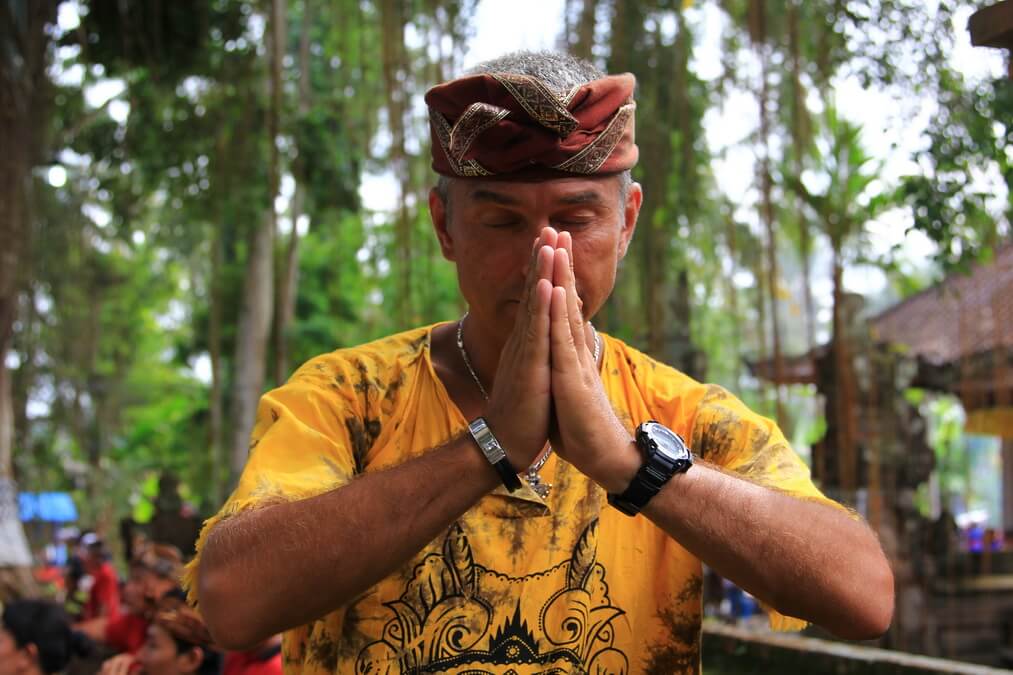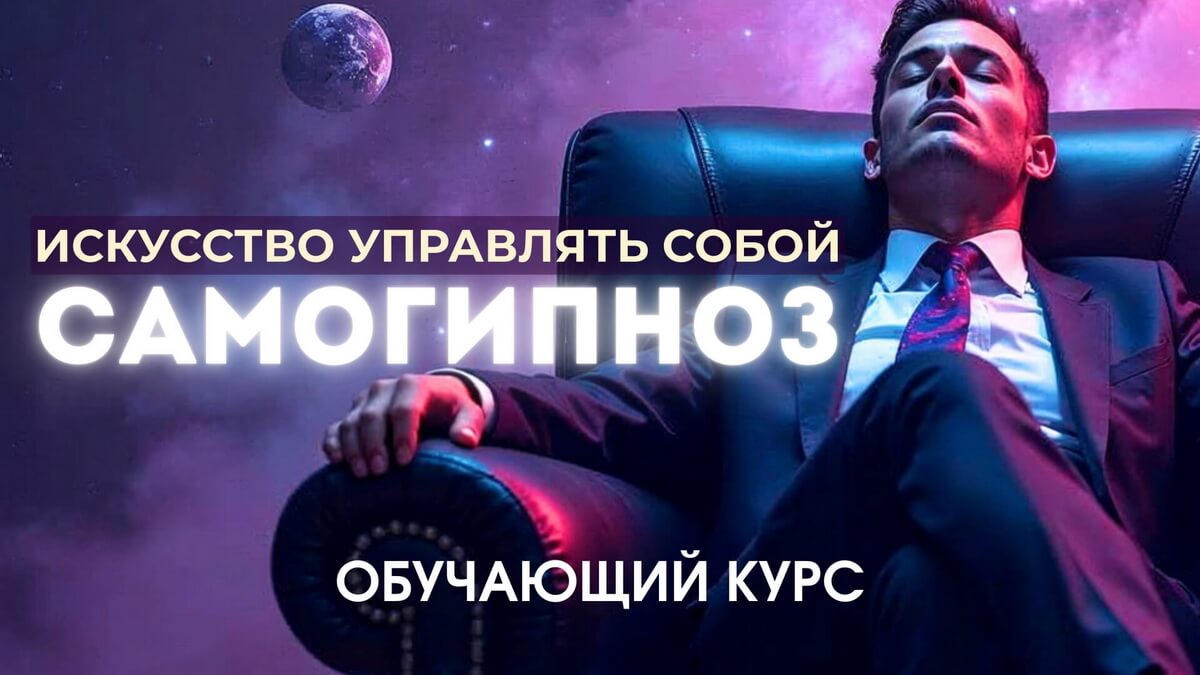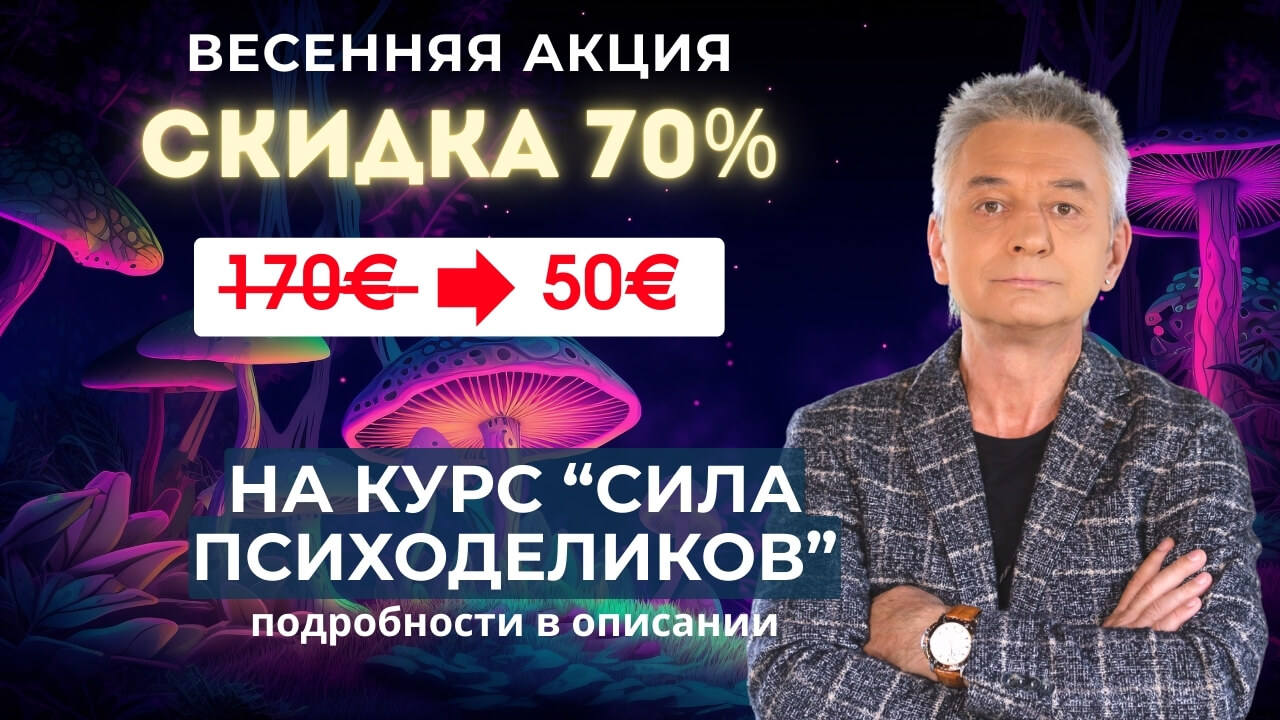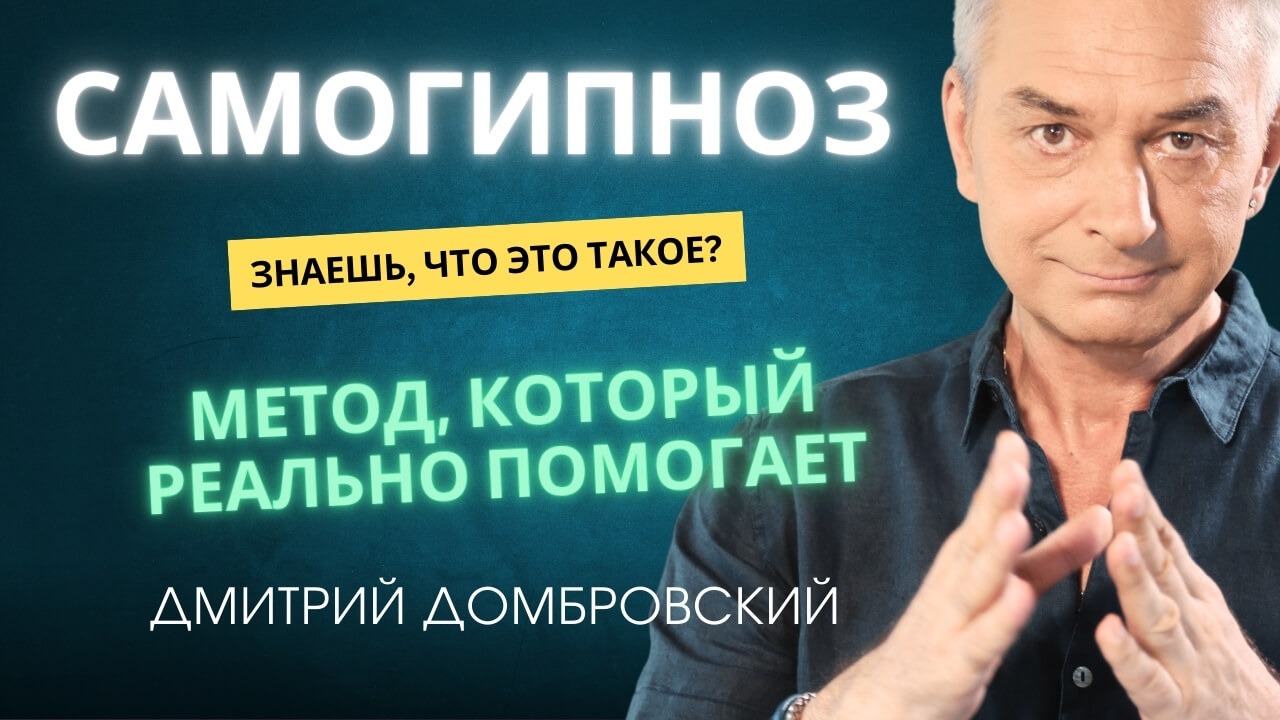Ayahuasca and Cancer: One Man’s Experience
Аяуаска и рак: Опыт Одного Больного
Источник здесь
After being diagnosed with cancer of the liver, the author was advised by oncologists that his chances of survival were slim. He went to ayahuasca for a second opinion.
A YEAR AGO I NEVER DREAMED that I would be writing about two subjects, both of which are generally considered taboo. One of these is cancer. We avoid talking about cancer – “the Big C” – because it speaks of our fears of mortality and pain. When an office mate is rumored to have cancer, she is viewed differently. We avoid the topic, or speak in whispers about it. We wish it would go away.For entirely different reasons, ayahuasca is talked about in muzzled tones. The Drug Enforcement Administration – the grand arbiter of all chemicals in America – is responsible for this taboo and has classified DMT, one of its constituents, as a Schedule I drug, thereby rendering it illegal and nearly unavailable for fascinating medical, psychological, neuroscientific, and spiritual research. Like cancer, we tend to talk about it in whispers, too.Since I now enjoy the privileges of a recently retired person, and a friend of cancer and ayahuasca, I can speak freely about them both. I say “friend” because that is the way I now see the relationship I have with both.My direct connection with cancer probably started with my birth sixty-eight years ago, which sent me into the world with a genetic structure determined, at least in part, by family members of previous generations on both sides who had died of metastacized colo-rectal cancer. If there is any validity to the genetic predilection theory, I was directly in line for a first hand experience with cells gone amok to form tumors.
Diagnosis
And that is precisely what happened to me ten years ago when I was diagnosed with cancer of the colon. Since I felt great, I had doubts about the accuracy of the diagnosis, and requested to see the biopsy along with a pathologist. Sure enough, with the aid of a microscope, I saw with my own eyes the little cells, all bunched up like globs of red mud. How did that happen? I wondered.
Immediate surgery was the order of the day. I begged off in order to experiment with natural healing. The surgeon and I agreed on a four-month timetable, during which I followed a naturopathic regimen: micro-doses of various substances, vegetarian diet, visualization and plenty of rest and exercise. After this period, the second biopsy revealed no cancer cells. I was overjoyed; the surgeon seemed disappointed, and asked for another biopsy in two weeks, to which I agreed.
This time around he was able to dig up some more tissue with cancer cells, and convinced me that I should have the surgery. I did, and was told five years later that I had been “cured” through the wonders of surgery.
Relapse
All went well until September 1996, when a routine physical exam revealed that my CEA count – an indicator of carcinogenic activity – was up. Another blood test shortly thereafter showed the CEA count going up rapidly. Further exams were conducted, during which two suspicious looking dark shadows were seen on the right lobe of my liver. A biopsy was soon performed on the tissue taken from the shadowed area. The verdict from the pathologist: the Big C.
Having lost a grandfather and father to metastatic liver cancer, I was seriously concerned over this new development. What to do? A preliminary conference with one of the oncologists said that surgery might be a possibility, provided there were no other tumors in my vital organs or lymph glands. That meant further exams.
Prognosis
While waiting for the results, I went to the University of Hawaii’s medical library for some research on liver cancer. I was referred to the “bible” of oncology, a two-volume tome titled Cancer: Principles and Practices of Oncology (1989), edited by Vincent T. DeVita, Jr. I turned to Section 3: “Treatment of Metastatic Cancer to the Liver,” by John E. Niederhuber and William D. Ensminger. The opening paragraph had the following encouraging words:
“The spread of malignant cells from a primary tumor to the liver and their growth therein carry a grave prognosis for the patient. While these meta-static liver tumors may be the first evidence of the progression of a patient’s cancer, and often – especially in colorectal cancer – are the only tumors detected, they almost always signal widespread dissemination of the malignancy. Despite improvements in early detection of liver metastases, new drug development, improved surgical techniques for resection, and innovative targeted therapies, most patients will not survive.” (p. 2201)
The remainder of the chapter was devoted to sustaining that dismal prognosis. In a word, the future looked pretty grim. Until, that is, I began to seek information on alternative therapies.
Seeking an alternative
I turned first to Dr. Andrew Weil, who recommended the following: 1) have the tumor surgically removed, if possible; 2) start taking micro-doses of maitake mushroom extract; 3) read Michael Lerner’s book, Choices in Healing.
While waiting for my mail-order requests for the maitake and Lerner’s book, I had further meetings with surgeons, who were not exactly reassuring. I was told by one that my chances for survival were around 25-30%. Another put it at under 15%, if you factor in the risks of the surgical procedure itself. It appeared that they had read De Vito’s cancer bible, too. They also advised me that if surgery was possible, I should follow it up with a year of fairly heavy chemotherapy in order to kill off any remaining cancerous cells (along with the majority of healthy ones) that were undoubtedly floating around in my bloodstream.
When the Lerner book arrived in the mail, I sat down and read through its 621 fascinating pages as rapidly as possible. At the same time, I began taking the maitake mushroom extract, and to prepare myself both physically and mentally for the surgery and the follow- up. During this period I discovered other literature on alternative therapies, including Essiac, macrobiotic diets, reiki and coffee enemas, all of which offered as much or more hope than the oncologist’s bible did.
Surgery
The surgeon (aptly named Dr. Payne) removed the right half of my liver on November 26, 1996. During the following five days I was attached to several catheters, one of which shot morphine directly into my spine. It was not until my discharge from the hospital that I realized how badly my body had been assaulted, not just by the surgeon’s knife, but by a mixture of drugs that are part of the arsenal of invasive surgery. The thought of further assault by chemotherapy was frightening.
Sometime during this period of painful recovery from the operation, I remembered having read something, somewhere about the healing properties of ayahuasca. I didn’t give it much thought at the time, since it seemed unlikely that I would be going to the Amazon, and wasn’t particularly interested in a psychedelic experience. Still, it lingered in the recesses of my mind, which was still reeling from the physical and psychic wounds of major surgery, the outcome of which was dubious.
Three weeks after the surgery, I went to my appointment with the oncologist who proposed beginning the chemotherapy treatment immediately. When I told him that I had decided against it, because I did not believe that further assault on my body would be beneficial, he seemed miffed, perhaps even insulted. When I told him of my plan to follow a program of alternative therapies, he snickered, but wished me well.
Santo Daime
In early April I heard of a group doing ayahuasca on the Big Island of Hawai’i. I began to make inquiries, which led me to a young man who had been with the group for several experiences, or “works,” as they are called by the Santo Daime church of Brazil. We met at my house one evening, during which he talked non-stop for over three hours about the sacrament and its psychic and physical healing properties. I sat fascinated as I listened, and concluded that I must find a way to have this experience, to see for myself if the accounts I had read and heard were true. Could this really be a curative experience, or was it just another psychedelic trip?
A few weeks later I learned that there would be a “works” on the Big Island, and that I could join the group. I readily accepted, even though I was still in a weakened condition from the surgery. This was to be my introduction to ayahuasca.
The group met in the late afternoon on an isolated knoll where a devotee of the Santo Daime had built a house, consisting of a large hexagonal room with three or four bedrooms off on the side. (I learned later that the hexagon is an important symbol within the Santo Daime.) About sixty people from all over Hawai’i had gathered for the event, most of whom had done it before. We were all dressed in white (as required), and when the time came to begin we took our seats in chairs that had been arranged in two semi-circles facing each other, men on one side and women on the other. I then began to realize, much to my disappointment, that I was in a very structured, group experience, not at all what I had anticipated from my limited reading on the way ayahuasca is traditionally used in the Amazon. Nevertheless, I entered the experience with hope, as well as apprehension. The residual pain from the surgery was a constant reminder of why I was there.
I will not describe the Santo Daime rituals that I observed during the two successive nights of the “works.” They have been described elsewhere. Rather, I will focus on my own experience, for which, as it turns out, I was unprepared. My only frame of reference was limited experiences with LSD, mushrooms and mescaline during the Sixties, none of which were associated with healing. I wanted to discover what it was about ayahuasca that led to the claims of its ability to heal and to teach.
First session
After some preliminary church rituals, we lined up to take our first cup of the brew just after sundown. A second dose was given about two and a half hours later. Within twenty minutes I began to feel what seemed like a faintly familiar rippling effect coursing throughout my body. As I looked around the room, I noticed that others were doing the same, while shifting in their chairs and trying to sing the church versions of icaros in Portuguese. At this point, I began to wonder if I had made the right decision.
Then, all of a sudden, the plant grabbed hold of me, and led me through a long trip into another reality, one that I was totally unprepared for. When I attempt to describe the ayahuasca experience to others who know something of psychedelics, I tell them that things like LSD and mushrooms distort and give new shapes to the reality that you are familiar with; ayahuasca takes you to another reality that you’ve never seen nor imagined before.
As I closed my eyes, images – if they can be called such – began racing at an ever-increasing speed before me. Swirls of colors, shapes, forms, textures and sounds simply overpowered me to the point where I became immobile. Like many others before me, no doubt, I became somewhat frightened. What had I let myself in for? When I opened my eyes, the phantasmagoria of forms vanished, and I saw myself in the same room with the others, all dressed in white, most of whom were moving their lips to the songs being sung by the Brazilians from the Santo Daime. I closed my eyes again, and immediately the images returned with surging intensity. They seemed to be trying to enter the deepest recesses of my body and soul. I found myself thinking, hey, this isn’t much fun.
During this period of initial disorientation, I was able to regain my focus on what brought me here in the first place. I was a condemned man. The oncologists and their bible told me that my chances of survival were slim. I had come to ayahuasca for a second opinion. That is when I began to let go, and let the plant do its thing. That is when I began to get my first glimpse into the incredible, stunning world of ayahuasca. There was no going back now. There was nothing to do now but let it happen.
Ayahuasca visions
As others have reported, I saw plants, serpents, birds and jaguar-like animals soaring, swirling, twisting and racing at almost lightning speed throughout my entire system, as though they were exploring a new habitat. At first, they didn’t pay any attention to me, even though I tried to stop them long enough to have a closer look. Before long, however, one of them would race up to me, pause momentarily, then rush off as though it had urgent business somewhere else. Then another would come up in my face, and do the same thing. There was no time for any communication between myself and the things that I was seeing. It was as though they wanted to take a complete inventory of who I was and what was going on inside me before they were ready to talk.
After a while (one loses track of time with ayahuasca) the figures began to slow down and fade somewhat in intensity. I was coming down, much against my will. My questions – whatever they were – had not yet been answered. At that moment, the Daime leader gave the signal to line up for the second dose of the brew. I took my place in the line. Needless to say, among the group of sixty people there had already been a lot of purging through vomiting; I was not yet among them.
As the second wave came over me, I felt much more relaxed and ready to talk to the animals if only they would talk to me. As though on cue, the racing figures began to stop by, look at me and smile before darting off into their world again. Then, all of a sudden, I saw a deep, black void. Nothing but darkness, which stayed in place for what seemed like minutes. All of the flashes, colors and forms disappeared while the blackness hovered over me. I sensed that it was death making its statement. It seemed to be saying, “Yes, I’m here too, part of the system; but I’m not so bad, so don’t be afraid.” In a short while, the darkness began to fade slowly as the kaleidoscopic frenzy returned until the brew and I both were exhausted, and I returned to my friend’s house for a long but fitful sleep.
Second session
The group of sixty gathered again the following evening for a second “works,” which I entered with much less trepidation, hoping for another bit of insight from the plant. That proved to be a false hope, probably because the plant had nothing more to tell me. Nevertheless, during the second trip I again felt the presence of the plant racing throughout my body, peeking and poking into every nook and cranny in search of something to work on, to straighten out, to put back in order, to polish. There was a definite presence, with similar shapes, colors and sounds. But, unlike the first time, there was no message that I could discern. The plant was just busy doing its work.
Several months passed before my next experience with ayahuasca. In the interim, I had continued with my vegetarian diet and Chinese herbs. I was gradually regaining weight and strength, while the scars and soreness of the surgery were slowly healing. I wanted to visit with the plant again to see if it had anything new to tell me, and to determine whether my first experience was delusional.
Third session
By good fortune, I met a person who had studied ayahuasca in Perú, learning from the shamans. When I told him what I was seeking, he agreed to lead me and four others through a session. This time the set and setting were entirely different from that of the structured Santo Daime. After bathing in the blue ocean water, we drove up to the end of a mountain road, left our car, and hiked to an isolated spot, a small plateau deep in the Wai’anae mountainsof O’ahu, engulfed in lush foliage with an unobstructed view of the Pacific ocean in two directions. It is called Pupukea Highlands. The setting itself was an invitation for spirits to enter. Our group was small, and all of us had learned respect for the plant and its powers. We shared a common set.
We arrived at our spot in time to arrange ourselves before the moonless nightfall. By candle light we practiced deep breathing and toning in preparation for taking the brew. In ceremonial fashion, including blowing tobacco smoke over the brew, we each took turns drinking. Soon after, our leader extinguished the candles, reminding us to “Remember, the plant knows what it’s doing.” The isolation, silence and darkness were awesome.
I positioned myself comfortably on the ground, my back against the trunk of a large paper-bark tree. I felt very calm and relaxed, closed my eyes and waited for the plant to go to work. Once again, after about fifteen minutes I began to notice the familiar rippling effect. This time, however, the rippling quickly turned into full-blown turbulence. The plant was loose, and was wildly racing around exploring its new environment. It felt as though a caged animal had been released inside me, and was having the time of its life.
As the images and shapes began to appear, they had an air of joy and exuberance. The serpents were smiling, the jaguars laughing, and the giant birds swooped down over me caressing me with their outstretched wings. A parade of persons, both known and unknown, streamed by, each of them smiling and reaching out to touch me and tell me by look that they loved me. As the serpents and plants twisted and flashed before me, they appeared to be smiling and reassuring me that they had looked everywhere inside me, and that everything was o.k. As the evening went on, this cycle kept repeating. Images would come directly towards me at breakneck speed, smiling and laughing, then veer off for another tour of my entire system. I heard myself chuckling softly under the starlit sky.
Where was the darkness that I had experienced before? Where was Mr. Death, I wondered? Then suddenly, as though the plant heard my question, I saw the void. Only this time it was clearly in the background. It seemed to be peeping through the montage of vibrant colors and forms, as though to say, “I’m still here, don’t worry. It’s not time for me yet.” And then it faded away. As evening turned into night and morning, I saw the images slowing down and gradually fading away, almost reluctantly it seemed. We sure had a good time together that night.
Fourth session
About one month after that memorable night, I revisited Pupukea Highlands for another session, this time with a different mix of six people. I was prepared for a repeat experience, another exciting exploration and reassurance from the plant. But, that was not to be.
This time it was raining, which restricted our space under a makeshift tent. Again, we followed the procedures of the previous time, breathing, toning and ceremonially ingesting the brew. I lay down and waited for the action to begin. This time the onset was much more gradual, and never reached the intensity of the previous trip. The images were there: birds, serpents, plants, people. But, they were much less energetic, almost blasé. They seemed to be telling me, “We’ve already been this route, and we told you what we found. Let’s try something new.” Since I had entered the experience with a fixed agenda, the plant reacted as though it were bound. I now look upon that as my fault for not trusting the plant to take the lead.
If ayahuasca could talk in words, I’m sure it would have told me during that first trip to Pupukea to, “Take this energy that I’m giving you, and run with it. Latch on to one of the animals and go for the ride. There is nothing preventing you from soaring to new heights of consciousness and life.” That was the message that I got that first night in the Pupukea highlands.
Return to the doctor
Approximately two weeks after that session, I went for my scheduled visit with the oncologist. He greeted me warmly, and told me the results of my blood test the week before, which showed that my CEA count – the cancer activity indicator was not just normal. It was below normal! When he asked me what I had been doing to bring that about, I asked him if he had ever heard of ayahuasca. His reply was what one would expect from a physician trained in western allopathic medicine. I got as far as explaining that it is a medicinal plant used for centuries in the Amazon by shamans and healers, at which point he raised his eyebrows, shrugged his shoulders, and was no doubt thinking to himself, “Where did this nut come from anyway?” He ended the office visit with the pronouncement, “You’re one of the lucky few.”
Lucky? Perhaps so. But to dismiss my recovery against the odds as nothing but luck is to ignore centuries of experience by people who have learned to live with plants and understand them when they talk. From my experience thus far, I have learned to respect and listen to the plant, as well as those who know how to interact in the plant world. With more experience, I hope to learn some of that language myself. I will continue to treat my body and my spirit with ayahuasca, and work to teach others to respect it. As a former professor, the teaching part should come easily. In my current role as drug policy reformer, I will do all that I can to free this plant from the strictures that the DEA has so capriciously and arrogantly placed on it. I hope that people who read this article will join me in this effort.





